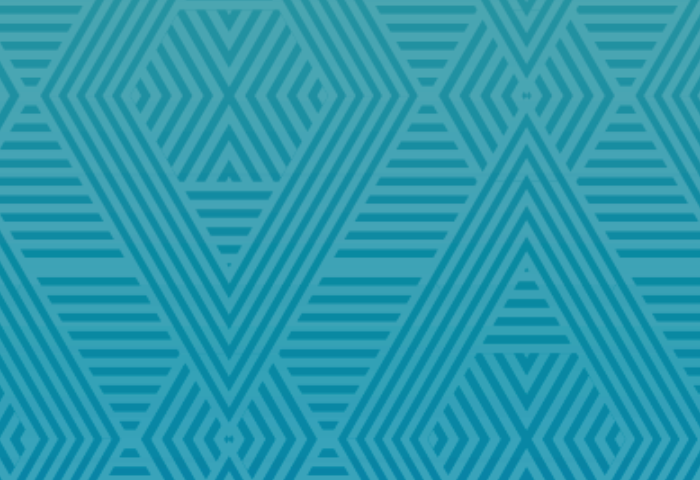Rongowhakaata Iwi Trust: Maui.Tech case study
An iwi/Māori-led climate change case study, produced as part of the Maui.Tech project

Rongowhakaata: Āwhā ki Uta
This video case study from the rohe of Te Tairāwhiti revolves around the Rongowhakaata community's deep connection to their whenua, including the cultural and environmental significance of Te Wherowhero lagoon and its connection to the Horouta waka. It showcases their pressing need to protect their cultural and ecological heritage in the face of environmental challenges, particularly those related to climate change and habitat preservation.
This case study also underscores the importance of preserving their cultural heritage and sharing mātauranga Māori to protect the whenua and environment.
This video case study was produced as part of the Maui.Tech project. Read more about Maui.Tech.
Participants:
- Teina Moetara (Rongowhakaata, Ngapuhi) – Kaihautu | CEO, Rongowhakaata Iwi Trust
- Soraya Pohatu (Rongowhakaata, Tāmanuhiri) – trustee and environmental specialist at Rongowhakaata Iwi Trust at time of filming
- Te Aturangi Nepia-Clamp (Ngati Porou, Rongowhakaata, Kahungunu), master carver, sculptor, and ocean voyager with expertise in the ocean environment
00:00
Hau toto, Hau toto. Ko Tū heke ana, Ko Rongo heke ana ki te ngahau o Tū. Utaina taku kawa nei, he kawa tua maunga. Ka wiwini, ka wawana tarapata tū ki te rangi — au e kī.
Teina Moetara 00:34
The sea, and the land, are very big in our narratives, and our identity about who we are.
Trevor Moeke [Narrator] 00:48
Te Wherowhero lagoon, the resting place of the sacred waka Horouta, captained by Pawa, who would name these hills Te Kurī. Here, under the canopy of the ancient temperate forests, taonga species thrived, including Aotearoa's oldest treasure, the Tuatara, along with the plethora of freshwater and coastal manu, and species bought here on the Horouta waka.
Teina Moetara 01:21
Horouta had a long history. There's stories that different creatures came off the waka. The kiore [rat], the kurī [dog], and also the pūkeko. The pūkeko or the pākura [swamp hen] has quite a significant relationship to us. The karanga pākura [call of the swamp hen], which is a particular call at night – like hapū-like clan groups, they gather, they whāngai [feed, raise] each other's chicks. Swamp people – Rongowhakaata, very much like that.
Trevor Moeke 01:54
Today, a thousand years after the arrival of Horouta waka, Te Wherowhero lagoon is a fraction of its original size. Replaced by farms, Rongowhakaata are protecting what's left.
Soraya Pohatu 02:14
In this region, we've got a huge water problem. We just don't have enough of it. We're currently taking water from aquifers. Water that's taken 180 years to get to that hole to fill, and we want to drain water from that. Wetlands would be a source of water for this region, but would help clear toxins that come into our waterways through drains, streams. The saddest thing is, is where over 90% of our wetlands have disappeared.
Te Aturangi Nepia-Clamp 02:59
Rongowhakaata aren't alone in this. The whole world is going to suffer from this. We are going to be hugely impacted. Not as hugely impacted as islands that are virtually going to disappear because of climate change, and there are many of those islands around the Pacific.
Soraya Pohatu 03:20
We hear about climate change, and we've seen different things. And we know places like Manutūkē, Muriwai and up the coast are going to be impacted really heavily — with the sea levels rising, the erratic weather patterns that are changing. Each of the iwi groups have their plans, but I don't know that we're really aware of that it’s actually already happening.
Te Aturangi Nepia-Clamp 03:50
For the last 40 years I've been involved in canoe building projects, and sailing projects, expeditions, across the Pacific. The more you do that, the more you realize the impact that climate change has on every little community.
Soraya Pohatu 04:06
You know, with the sea levels rising how much land has actually gone. In some cases, that's happening quite slowly, but it is happening. We're not totally in control of the environment. But by adding trees and plants, species that will help retain sand dunes, sand dunes are our buffer, they're the thing that helps stop the water coming in.
Te Aturangi Nepia-Clamp 04:42
Now the fish scales, you'll see them on carvings. The philosophy goes ‘Te unaunahi, te whakapiripiri o Te Ika-nui-a-Māui’. Basically meaning, these are the scales of the great fish of Māui. And the lesson in that is that if you remove the scales of the fish, the fish will die. Given that the great fish of Māui is the North Island, and you remove the scales, which is the native fauna, the fish will die.
Soraya Pohatu 05:14
Plants allow us to breathe, they create so much — they change all the carbon dioxide in the atmosphere they do so much. Plants are important to protect us, and to protect the whenua, to clean the whenua, change how things are. Indigenous people of the world generally have a stronger connection with the whenua. And it is about sharing that knowledge across the spectrum because we've all got kōrero from the past, that understands the landscape of their whenua. So, I think it's really important that we share that kōrero and that whakapapa.